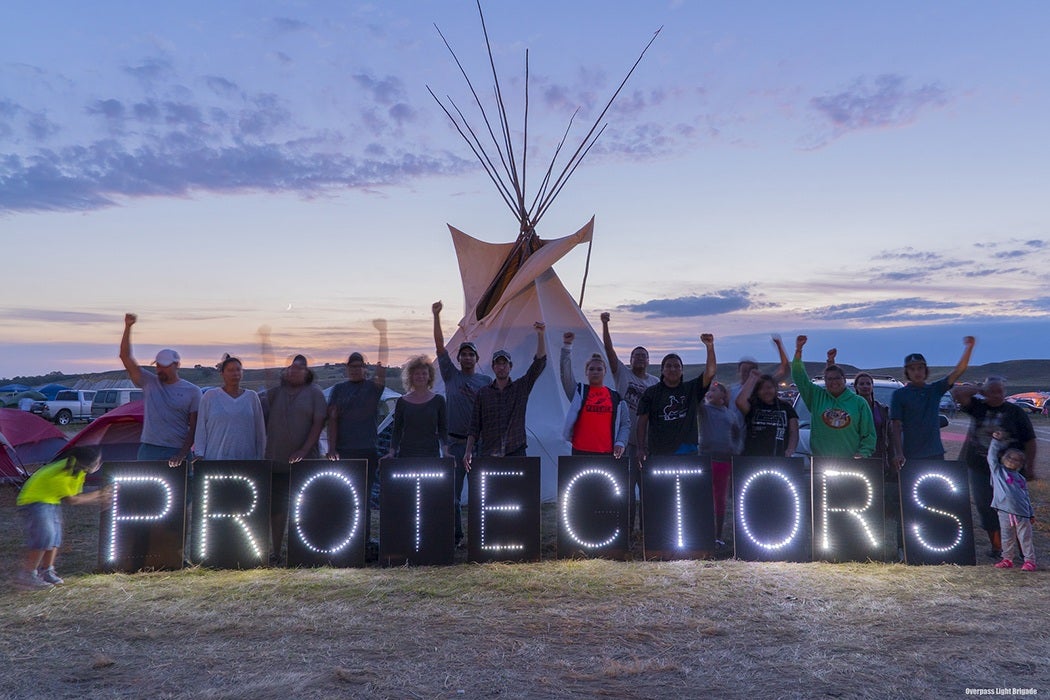Over the past months, several thousand Native Americans from over 280 nations have traveled from throughout the Americas to join the Standing Rock Sioux in solidarity and protest over the multi-billion dollar Dakota Access Pipeline. They have successfully halted construction of the project—at least temporarily.
As planned, the pipeline project would potentially disturb sacred sites (and in fact already disrupted some sacred sites over Labor Day weekend) and impact drinking water for at least 8,000 people. On August 31st, the United Nations Permanent Forum on Indigenous Issues said that the Standing Rock Sioux must have a say in the project, and that “failure to consult with Sioux over the project violated the U.N. Declaration on the Rights of Indigenous Peoples.”
So just what was the United Nations Declaration on the Rights of Indigenous Peoples, which was adopted nine years ago on September 13, 2007?
Paul Oldham and Miriam Anne Frank recount the Declaration’s history, detailing the 26 years of work that went into crafting and revising the document. Indigenous representatives working on the Declaration were essentially asking for universal human rights to be applied specifically to Indigenous peoples.
Les Malezer, Chair of the Global Indigenous Peoples’ Caucus, said that the new Declaration:
does not represent solely the viewpoint of the United Nations, nor does it represent solely the viewpoint of the Indigenous Peoples. It is a Declaration which combines our views and interests and which sets the framework for the future. It is a tool for peace and justice, based upon mutual recognition and respect.
This collaboration between the U.N. and hundreds of international indigenous peoples’ organizations was particularly newsworthy because it was so unique. As Luis Chavez, from Peru, put it, “for the first time in the history of the United Nations representatives of indigenous peoples, those who were to enjoy the rights contained in the Draft, took part actively in the work on the text, attributing to it unquestionable legitimacy.”
In the end, the Declaration passed with 144 in favor, 11 abstentions, and 4 against. The only 4 opposing votes came from Australia, New Zealand, Canada, and the United States. Given these nations’ problematic relationships with their own Indigenous peoples, Oldham and Frank note that “[n]one of this was surprising.”
Many people had fought for 23 years to reach this victory and some of the leaders passed away during this fight. At a celebratory dinner, “references were made to having come into this process young and unmarried and returning with grey hair and grandchildren.”
On this Indigenous People’s Day, how is the UN’s “living document for the common future of humanity” being upheld? If the standoff at Standing Rock tells us anything, it is that there is still a lot of room to improve and more fully support the Declaration.







